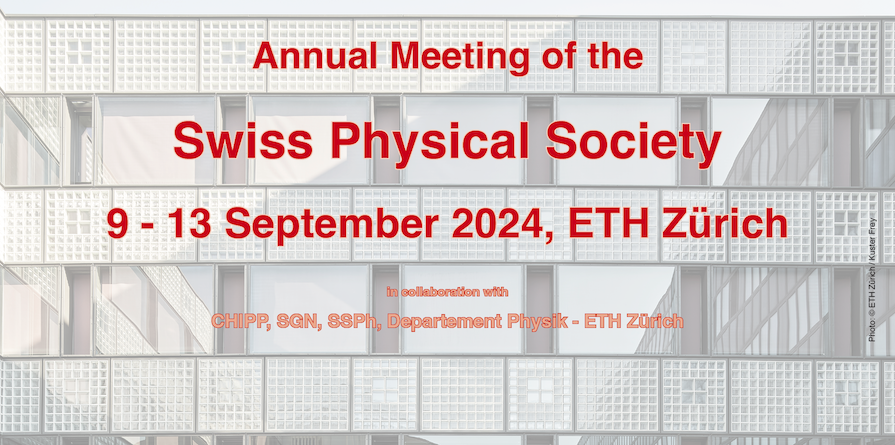Roots have long been considered the “hidden half” of plants. Due to the opaqueness of soils, root research has focussed on roots growing in artificial growth media, such as agar or hydroponics. Recent advances in imaging methods has led to unprecedented progresses in studying root functions in soils. Neutron imaging, thanks to the high sensitivity of neutrons to water, has been particularly...
Our contribution to non-equilibrium soft matter physics involves developing an in situ method for studying structural changes under flow, impacting materials properties and processing. Our research spans various model systems, from wormlike micelles to 3D printing ink. We tackle challenges in flow studies with microfluidic-small-angle neutron scattering (microfluidic-SANS), enhancing...
Neutron strain scanners have been proven to be a key tool for non-destructively determining the crystallographic texture at selected locations within a macroscopic object. Here we will present the implementation of a novel data analysis methodology to perform spatially resolved texture analyses in bulk specimens at POLDI, the Pulse Frame Overlap diffractometer at Paul Scherrer Institute. The...
Grazing incidence small angle neutron scattering is a powerful techniqu to investigate surface-near lateral structures on the nanometer scale.
We develop a novel instrument concept as part of an investigation into a new guide hall at the PSI SINQ neutron source. The Adjustable Monochromator to Perform Liquid grazing Incidence, Focused or magnetic Yoneda scattering (AMPLIFY) makes use of...
Microgels and macrogels, due to their stimuli-sensitive nature and tunability, are of great interest in both applications and fundamental research. However, their softness increases the number of degrees of freedom compared to hard colloidal particles and gives rise to a more complex behavior. So far, there is no generally accepted model to describe microgel interactions, especially for...
The remarkable tunability and inherent functionality of many quantum materials stem from intricate many-body states in which several degrees of freedom are entangled. These microscopic complexities manifest in collective excitations, forming the basis of their distinct properties. Inelastic neutron scattering is pivotal in testing theoretical predictions to unravel emergent quantum effects....
Pyrochlore oxides incorporating magnetic Ce$^{3+}$ have been the subject of intense experimental and theoretical efforts over the past few years. Their rich physics is related to their dipole-octupole magnetic degrees of freedom and possibility to stabilise a quantum spin ice (QSI) ground state -- the prototype three-dimensional quantum spin liquid. While all studied materials show continua of...
The low ordering temperatures of most non-collinear cycloidal magnets (typically < 50 K) limit their use in ambient temperature devices. The layered perovskites LnBaCuFeO5 are a rare case of frustrated oxides where a novel "spiral order by disorder" mechanism appears to account for the existence of a spiral order with extraordinary stability, but direct evidence of the chiral nature of this...
Enhanced quantum fluctuations are believed to give rise to new ground states and magnetic excitations in electronic insulators. I will present the effect of strong quantum fluctuations in the honeycomb van der Waals antiferromagnet YbBr3. Quantum fluctuations are believed to be enhanced in YbBr3 due to the two-dimensional nature of the exchange interactions. The low-energy spin dynamics of the...
Neutron grating interferometers are powerful tools for high-precision measurements of deflection angles and scattering. A novel symmetric Talbot-Lau interferometer, utilizing three identical absorption gratings in a time-of-flight mode, is currently under development at the University of Bern. The ultimate goal of this project is to conduct a sensitive measurement of the neutron electric...
Surfactants are heavily utilised in many of the products that we use day-to-day, particularly in personal care products such as liquid soaps and shampoos. Surfactant structure is typically thought of as a tail- and head group but a linker group should also be considered. We have shown recently with contrast variation small-angle neutron scattering that not only does ionic strength of the bulk...
